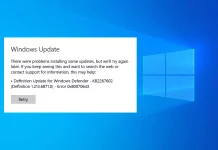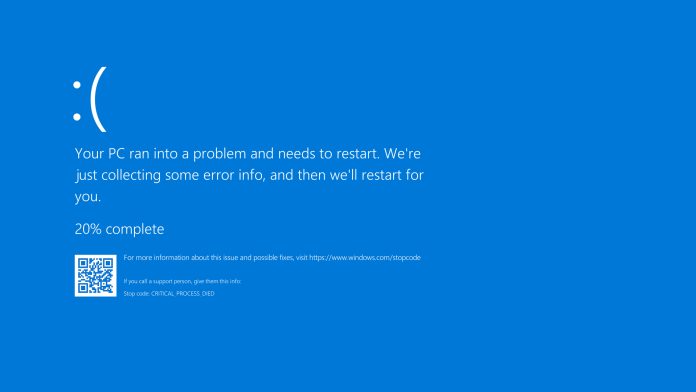How to Resolve the Critical Process Died Error in Windows 10
Windows Stop Code Critical Service Failed errors can stem from various causes, indicating a range of potential solutions to explore. The following fixes are arranged based on their likely effectiveness and the level of complexity involved. It’s advisable to proceed through this list sequentially to address and resolve the critical service failed error effectively.
How to fix Critical Process Died Error
- Perform an Antimalware Scan: It’s surprising how frequently Windows blue screen errors can be triggered by malicious software. Initiating a thorough antivirus scan using your preferred antivirus program is an excellent initial step in resolving any issue, particularly BSOD errors.
- Execute the System File Checker: The System File Checker is a valuable tool for identifying and swiftly rectifying issues within Windows. Begin with the command “sfc /scannow” to conduct a comprehensive examination of your system, aiming to pinpoint and automatically resolve any problems.
- Activate the Windows Hardware and Devices Troubleshooter: Although Microsoft’s October 2019 Update (Windows 10 build 1809) relocated the Hardware and Devices Troubleshooter, we can still access it to potentially address the Critical Process Died error. While MajorGeeks may have a different starting point, its methods for running the troubleshooter are accurate and effective.
- Perform a System Restore: If you suspect that a recent Windows update or software installation may have triggered the problem, reverting to a recent restore point might resolve it. However, exercise caution, as this action may result in the loss of applications or system changes made since the creation of the restore point.
The system restore process may take some time to complete, but once finished, you should be relieved of the blue screen error.
- If nothing else fixes the problem, you might have to reinstall Windows. It’s not hard, but it takes time, especially to reinstall all your programs and save important stuff. But when everything else fails, this usually solves the problem.
What is the Critical Process Died Stop Code?
A blue screen on Windows serves a couple of purposes. Firstly, it gathers information from your PC to diagnose the problem and prevent it from happening again. Secondly, it provides a specialized stop code to give you an idea of what went wrong.
For the “critical process died” error, you’ll see this message on the blue screen: “Your PC ran into a problem and needs to restart. We’re just collecting some error info, and then we’ll restart for you.”
Below that, it usually says, “If you’d like to know more, you can search online later for this error,” along with the error message. In this case, it will say “CRITICAL PROCESS DIED,” and might also mention the code 0x000000EF.
If you see a different message, you should search for that error instead.



































